Are Huskies Good With Cats: Helps & Guide
Welcoming a new pet into your home is an exciting venture, but when considering adding a Husky to a household with a resident cat, questions about compatibility arise. Huskies, known for their striking appearance and energetic demeanor, often evoke curiosity regarding their interactions with feline companions. Understanding the dynamics between these two distinct species is crucial for fostering a harmonious environment.
In this blog post, we delve into the common inquiry: “Are Huskies good with cats?” By examining the husky’s temperament, the innate tendencies of both cats and dogs, and the variables impacting their compatibility, we want to shed light on this fascinating partnership.
Understanding Huskies
Friendly Yet Feisty: Huskies are known for their playful and affectionate nature. They love people and thrive on company, but their independent streak and mischievous side can keep you on your toes. Think escape artist extraordinaire!
Chatty Canines: Don’t expect a silent movie with a husky. Their “woo-woo” vocalizations and “talking” are part of their charm, but be prepared for lively conversations (especially at dawn!).
Nature’s Explorers: With a strong prey drive and curious nose, huskies love to sniff and roam. Secure fences and leashed walks are a must to keep them safe and your flower beds intact.
Exercise Enthusiasts: These energetic athletes need plenty of physical and mental stimulation. Daily walks, runs, or playtime are crucial to keep them happy and healthy.
Independent Thinkers: Training requires patience and positive reinforcement. Huskies are smart but can be stubborn, so be creative and keep sessions fun!
Double Coat of Charm: Their thick double coat sheds like crazy, so regular brushing and vacuuming are your new best friends. But hey, at least they’re warm in winter!
Lifelong Companions: With proper care, huskies can live up to 15 years, so be prepared for a long-term commitment filled with adventures and cuddles.

Cats and Dogs: Natural Instincts
A. Evolutionary Background:
Cats (Felis catus): Evolved from solitary hunters, their ancestors were small wild cats.
a. Solitary hunters: Cats have retained their solitary hunting instincts, preferring to stalk and ambush prey alone.
b. Territorial behavior: Cats mark their territory with scent glands, exhibiting a strong need for personal space.
Dogs (Canis lupus familiaris): Domesticated from wolves, dogs are social animals with a pack mentality.
a. Pack animals: Dogs have a strong social structure and thrive on companionship within a pack.
b. Cooperative hunting: Wolves hunt in packs, exhibiting cooperative behavior and communication.
B. Predatory Instincts:
Dogs: While domestication has modified their hunting instincts, many dogs, including Huskies, retain a prey drive.
a. Chasing behavior: Dogs may instinctively chase smaller animals, mimicking their predatory behavior.
b. Playful interaction: Dogs may perceive running cats as playmates, triggering their hunting instincts.
Cats: Cats are natural hunters with highly developed predatory instincts.
a. Stalking and pouncing: Cats exhibit stalking behavior, waiting patiently before pouncing on their prey.
b. Climbing and hiding: Cats use their agility to climb trees and hide in elevated positions, escaping potential threats.
C. Influence on Interactions:
- Understanding boundaries: Cats and dogs have different social cues and communication styles, which can lead to misunderstandings.
- Behavioral responses: Cats may hiss, swat, or hide when feeling threatened, while dogs may bark, chase, or display submissive behavior.
- Individual variations: Each cat and dog has a unique temperament shaped by genetics, upbringing, and past experiences, influencing their interactions with one another.
Factors Affecting Husky-Cat Compatibility
A. Early Socialization and Training:
- Early exposure: Introducing Huskies to cats during their socialization period (typically between 3 to 12 weeks) can positively influence their interactions.
- Training: Basic obedience training, including commands like “leave it” and “stay,” can help Huskies learn appropriate behavior around cats.
B. Individual Personalities:
- Husky temperament: Consider the temperament of the individual Husky, as some may be more tolerant and friendly towards cats, while others may exhibit a stronger prey drive.
- Cat temperament: Similarly, assess the personality of the cat, including its confidence level, sociability, and past experiences with dogs.
C. Home Environment:
- Living space: The layout of the home can impact Husky-cat interactions. Providing separate areas for each pet to retreat to can reduce tension and conflicts.
- Resources: Ensure that there are ample resources such as food, water, litter boxes, and resting spots available for both pets to minimize competition and stress.
D. Supervision and Management:
- Supervised interactions: Initially, supervise all interactions between Huskies and cats to intervene in case of any aggressive behavior or tension.
- Separate when necessary: If conflicts arise or if either pet shows signs of stress, separate them and gradually reintroduce them under controlled conditions.
E. Consistent Training and Reinforcement:
- Positive reinforcement: Reward desirable behavior, such as calm and respectful interactions, with treats and praise to reinforce positive associations.
- Consistency: Maintain consistent rules and boundaries for both pets to prevent confusion and ensure a harmonious environment.
F. Health and Well-being:
- Veterinary care: Ensure both pets are up-to-date on vaccinations and receive regular health check-ups to address any medical issues promptly.
- Mental and physical stimulation: Provide ample opportunities for both Huskies and cats to engage in stimulating activities, such as play sessions and enrichment games, to prevent boredom and behavioral problems.
Tips for Introducing Huskies to Cats
A. Gradual Introduction Techniques:
- Separate Spaces: Initially, keep the new Husky and the resident cat in separate areas of the house. This allows them to become accustomed to each other’s scents without direct interaction.
- Scent Exchange: Swap bedding or toys between the cat and the Husky to familiarize them with each other’s smells.
B. Using Positive Reinforcement:
- Reward-Based Interaction: When the Husky and cat are in proximity without displaying aggression or fear, reward them with treats and praise. Positive reinforcement strengthens positive associations.
- Associate with Pleasant Experiences: Feed both pets in close proximity but on either side of a barrier, associating each other’s presence with a positive experience.
C. Supervision and Monitoring Interactions:
- Controlled Meetings: Initially, use a secure barrier, such as a baby gate, to allow visual contact while preventing direct physical contact. Monitor their reactions closely.
- Leash Training: When ready for face-to-face interactions, keep the Husky on a leash to maintain control and prevent sudden movements.
D. Read Body Language:
- Understanding Cues: Learn to interpret the body language of both pets. Look for signs of stress, fear, or aggression, and intervene if necessary.
- Positive Signs: Positive body language includes relaxed postures, wagging tails, and curious sniffing without tension.
E. Create Positive Associations:
- Play Sessions: Encourage interactive play between the Husky and the cat using toys. This shared activity can create positive associations.
- Safe Zones: Provide elevated areas or hiding spots where the cat can retreat if feeling overwhelmed, establishing safe spaces.
F. Patience and Consistency:
- Take It Slow: Patience is key. Allow the relationship to progress at the pace comfortable for both pets.
- Consistent Rules: Maintain consistent rules and routines to provide stability for both the Husky and the cat.
Signs of Compatibility
Calm & Curious: Both animals show relaxed body language when in each other’s presence. No tense stances, flattened ears, or puffed fur just curious sniffing and relaxed observation.
Playful Pranks (the Good Kind): Friendly chases (with the husky leashed!) or playful swats from the cat might occur, but they’re short, playful interactions without aggression. Think gentle taps and playful batting, not full-blown attacks.
Sharing is Caring (Sometimes): They might cautiously share toys or even food bowls (supervised, of course!), indicating a growing level of trust and acceptance.
Mutual Grooming: The ultimate sign of affection! Sharing licks or gentle grooms shows they’ve accepted each other and even developed a bond.
Snuggle Buddies (Maybe): Don’t expect them to be cuddling on the couch right away, but even occasional moments of napping near each other or tolerating close proximity are positive steps.
Relaxed Behavior: Both animals seem less stressed or anxious around each other. No excessive barking, hiding, or hissing just calm and comfortable co-existence.
Also Read: Are Huskies Good With Kids? Helps & Guide
Brief
The compatibility between Huskies and cats hinges on various factors, including early socialization, individual personalities, and a conducive home environment. While their natural instincts may initially pose challenges, patience, positive reinforcement, and careful monitoring can foster a harmonious relationship over time. Recognizing signs of compatibility, such as positive body language, shared space peacefully, and playful engagement, is essential for assessing the strength of their bond.
By prioritizing mutual respect, understanding, and consistent training, pet owners can cultivate a lasting and fulfilling companionship between their Huskies and cats, enriching the dynamics of their multi-pet household.




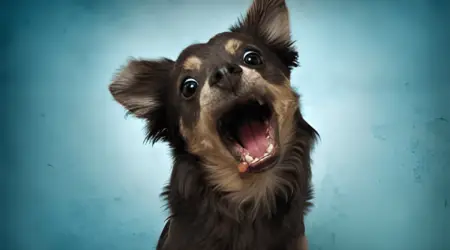
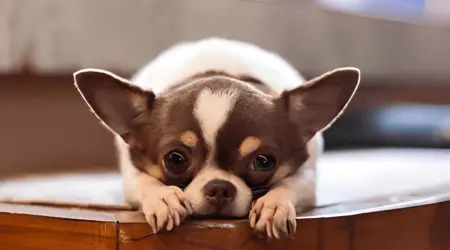

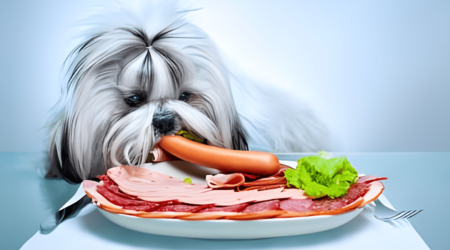
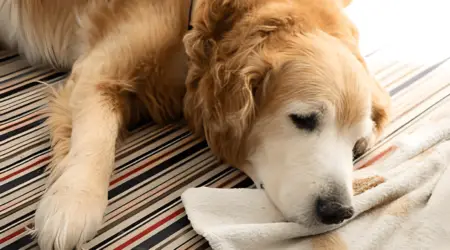
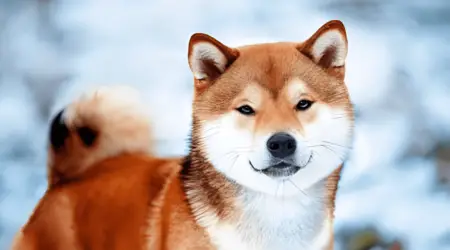
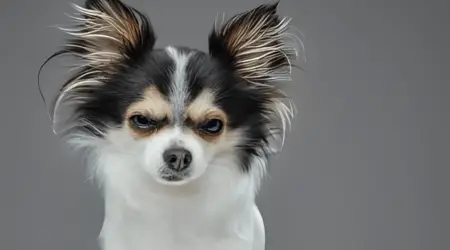
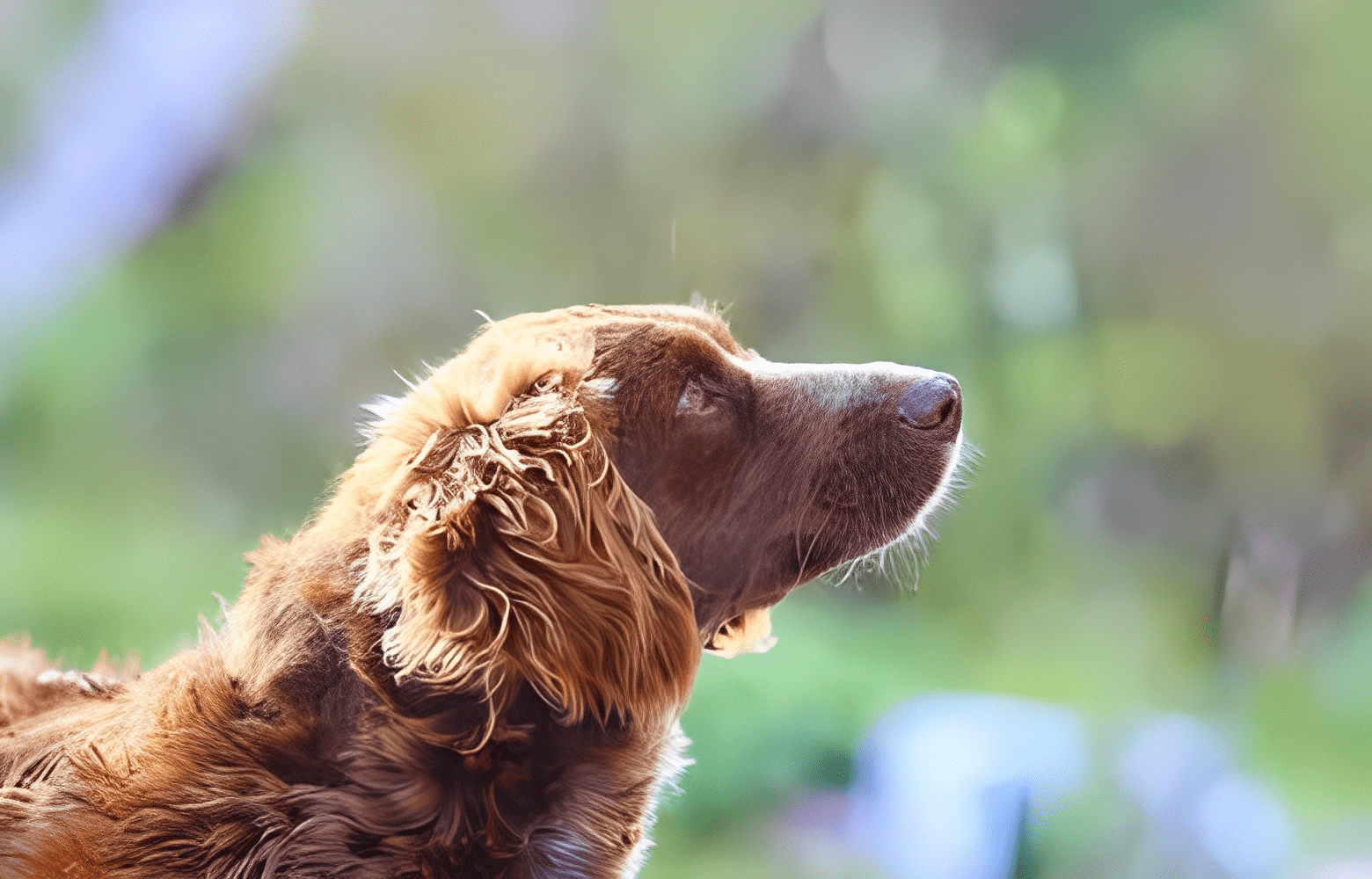
Leave a Reply